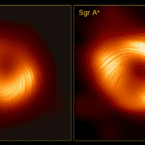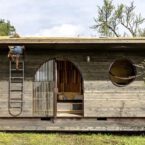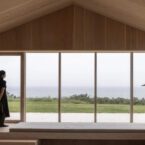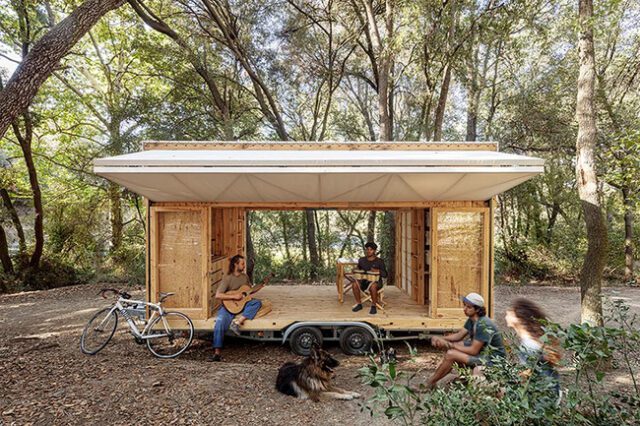
MO.CA (Mobile Catalyst), born from the innovative minds at the Institute for Advanced Architecture of Catalonia (IAAC), represents a pioneering leap in sustainable mobile living. Crafted from dowel-laminated timber harvested sustainably at Valldaura Labs in the scenic confines of Collserola Natural Park, Barcelona, MO.CA embodies the ethos of ecological design and digital construction techniques. Rooted in the interdisciplinary pursuits of the Master’s program in Advanced Ecological Buildings & Biocities (MAEBB), this self-sufficient abode heralds a new era of mobile habitats, seamlessly blending mobility, sustainability, and resilience.
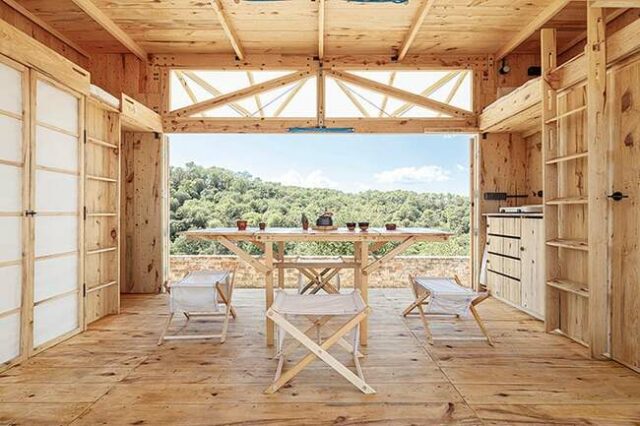
At the heart of MO.CA lies a profound exploration into the fusion of mobility and sustainability, drawing inspiration from historical traditions of self-sufficiency and contemporary imperatives for adaptable living spaces. In response to the pressing challenges of climate change and the evolving landscape of remote work opportunities, MO.CA emerges as a beacon of innovation, offering not just shelter but a platform for collaboration, knowledge exchange, and community engagement. From its compact yet functional design optimized for restricted footprints to its seamless integration of essential utilities and communal spaces, MO.CA embodies a vision of holistic living that champions environmental stewardship and human well-being.
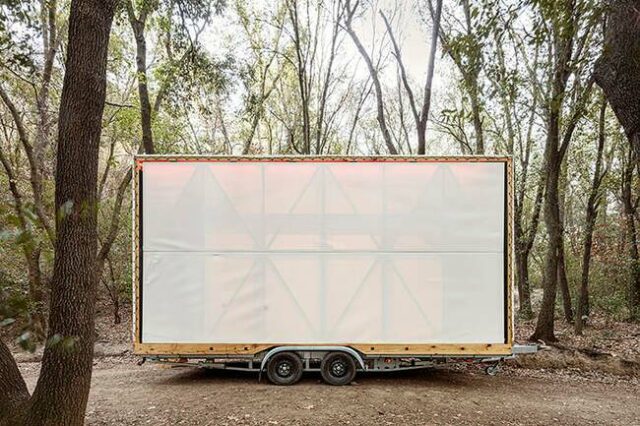
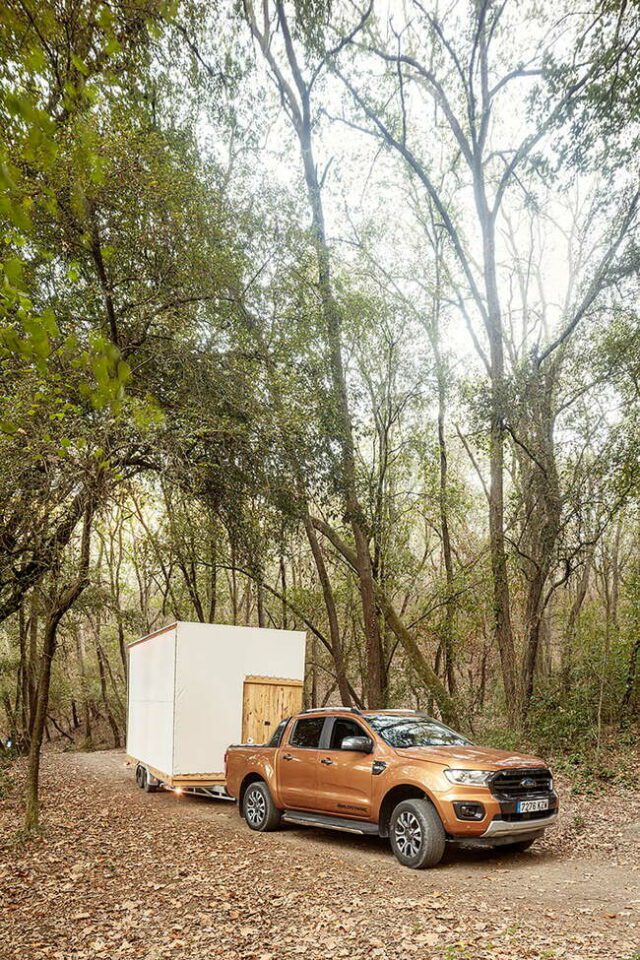


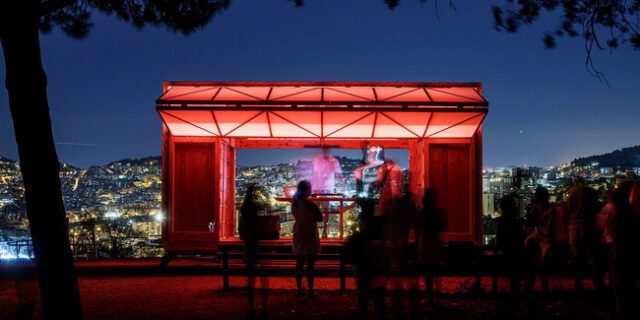
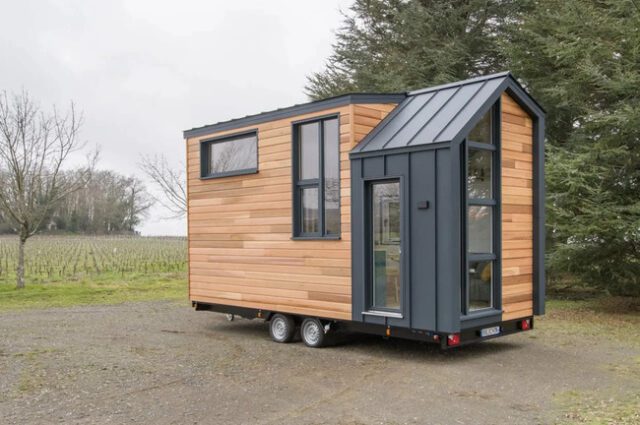
Baluchon’s latest modern tiny trailer home, the Sherpa, showcases a quaint and ingenious space-saving layout that appeals to those seeking both style and functionality in compact living. Inspired by the Scandinavian design ethos, the Sherpa emerges as a testament to Baluchon’s commitment to crafting homes that harmonize aesthetics with practicality. Built on a double-axle trailer with a length of 20 feet, this cozy abode stands out in France’s tiny home landscape, where strict towing laws necessitate compact dimensions. The exterior exudes modern charm with its striking red cedar siding, aluminum accents, and unconventional window placements, setting it apart from traditional cottage-style tiny homes.
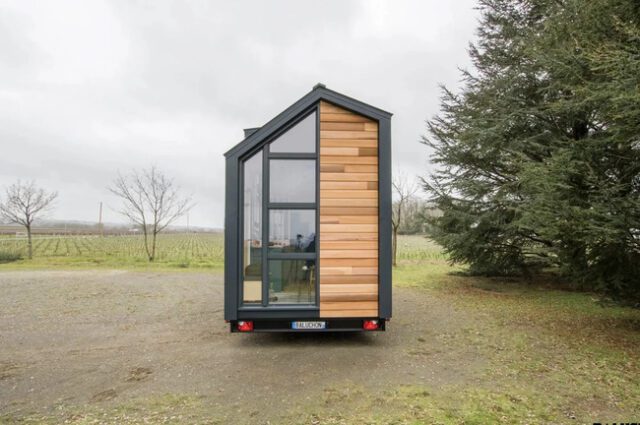
Step inside, and the Sherpa welcomes occupants with a well-designed interior that maximizes every inch of space. The living area features a convertible sofa bed for guests, cleverly integrated storage solutions, and ample natural light streaming through generous glazing. Adjacent to the living room, the basic yet functional kitchen offers essentials like a two-burner propane stove, a sink, and a compact fridge. A folding dining table efficiently utilizes space, accommodating dining needs for two while seamlessly tucking away when not in use. The bathroom, though spacious and equipped with a shower and toilet, presents a slight inconvenience with the absence of a sink, directing residents to use the kitchen for handwashing—a compromise in hygiene for the sake of space optimization. Ascending the storage-integrated staircase, residents reach the loft-style bedroom with a cozy double bed and additional storage, embracing the characteristic snugness of tiny home living with its low ceiling design. With its thoughtful layout and stylish design elements, the Sherpa embodies the allure of minimalist living without sacrificing comfort or aesthetics.
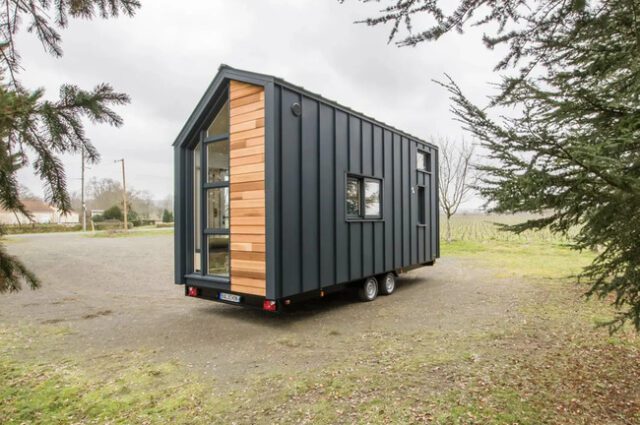
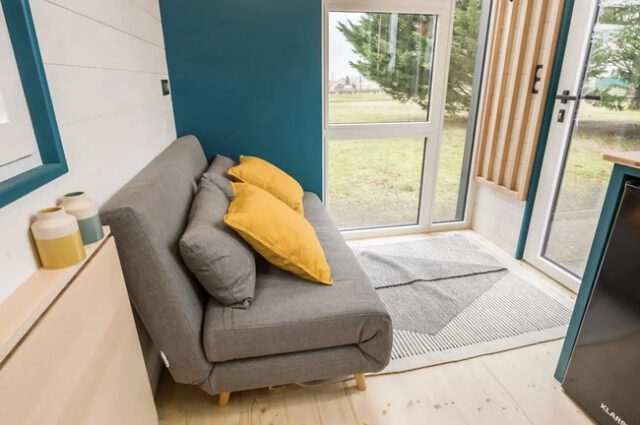
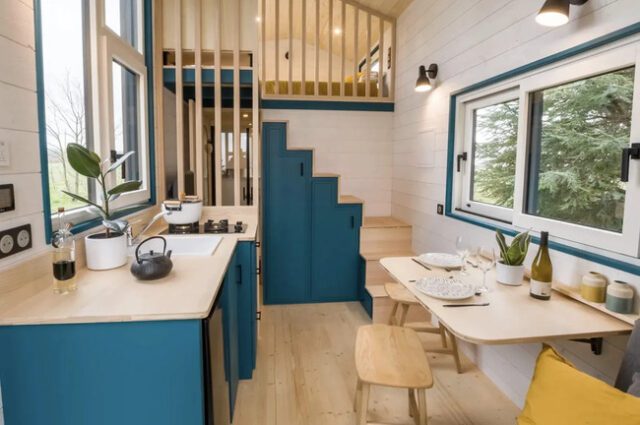

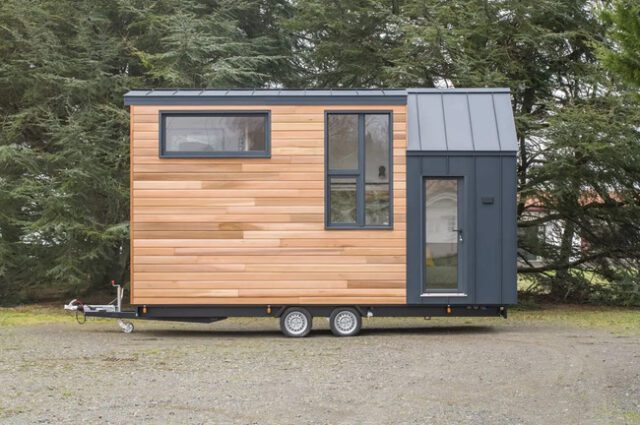


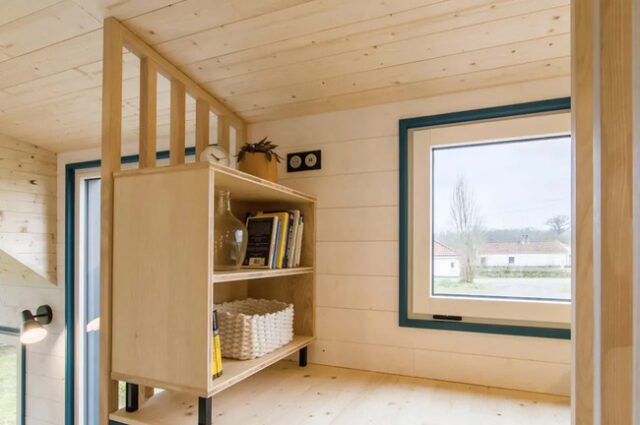


Scientists have achieved a groundbreaking milestone in the quest for extraterrestrial life by proving their ability to detect traces of life in grains of extraterrestrial ice. The long-held belief that evidence of life beyond Earth could be found within the icy realms of celestial bodies has gained substantial support with recent findings. This revelation opens a new chapter in space exploration, particularly in the search for life on moons like Europa and Enceladus, where vast oceans lurk beneath icy exteriors. With advancements in instrumentation, such as the SUrface Dust Analyzer (SUDA) aboard NASA’s Europa Clipper spacecraft, researchers anticipate a more accessible means of identifying signs of life, or its remnants, within these frozen particles ejected into space through subsurface ocean geysers.

In a pivotal study, scientists simulated droplets akin to those found on Europa and revealed the capability of instruments like SUDA to detect cellular material within minute ice grains. By selecting the single-celled bacteria, Sphingopyxis alaskensis, known for its resilience in cold, nutrient-scarce environments, researchers showcased the potential to identify even the slightest fraction of cellular material with mass spectrometry aboard spacecraft. These findings not only bolster confidence in detecting Earth-like life forms but also underscore the possibility of analogous organisms inhabiting the icy expanses of moons orbiting gas giants like Saturn and Jupiter. The imminent arrival of spacecraft equipped with cutting-edge instruments promises to unveil the mysteries concealed within these distant, icy worlds and, perhaps, provide humanity with unprecedented insights into the existence of life beyond our home planet.

In a landmark move, the United States Environmental Protection Agency (EPA) has unveiled its inaugural regulations targeting the pervasive presence of polyfluoroalkyl substances (PFAs), colloquially termed ‘forever chemicals,’ in the nation’s drinking water supply. Despite fervent resistance from the chemical industry, which has wielded considerable political influence, the EPA’s announcement marks a critical step towards mitigating the health risks associated with PFAS exposure for millions of Americans. PFAS compounds, ubiquitous in various consumer products ranging from waterproof clothing to non-stick cooking surfaces, have long posed a significant public health concern due to their persistence in the environment and potential adverse effects on human health.

Under the new regulations, water utilities across the country will be mandated to conduct rigorous testing for six different classes of PFAS compounds, heralding a significant shift towards proactive contamination management. With an estimated 100 million individuals set to benefit from reduced PFAS exposure, the EPA’s initiative underscores a commitment to safeguarding public health and environmental integrity. Moreover, the allocation of a $1 billion fund for treatment and testing, alongside broader infrastructure investments facilitated by the Bipartisan Infrastructure Law, exemplifies a multifaceted approach towards addressing the complex challenges posed by PFAS contamination. Through robust regulatory measures and strategic financial support, the EPA aims to empower communities grappling with PFAS pollution and pave the way for a more resilient and sustainable water infrastructure landscape.
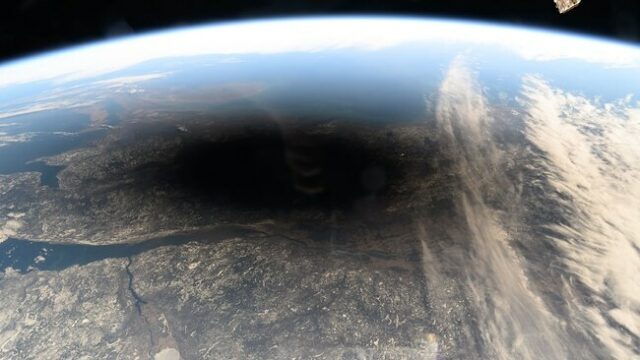
Images of the 2024 total solar eclipse taken from space offer a mesmerizing perspective on this celestial event, revealing the intricate dance between the Sun, Moon, and Earth from above. Captured by satellites like the Geostationary Operational Environmental Satellite (GOES-16) and the Deep Space Climate Observatory (DSCOVR), these images showcase the Moon’s shadow as it traverses across North America, casting a dramatic swath of darkness in its wake. The GOES-16’s advanced baseline imager provides a detailed view of the eclipse’s progression, resembling a striking brown-black mass moving in a precise trajectory. Meanwhile, the DSCOVR satellite’s Earth Polychromatic Imaging Camera (EPIC) captures the eclipse’s entirety, from its inception over the Pacific Ocean to its culmination on the east coast of Canada, enveloping the continent in a surreal shade.

In addition to satellite imagery, firsthand accounts from astronauts aboard the International Space Station and intrepid individuals like NASA astronaut Jessica Meir offer unique perspectives on the eclipse. From 261 miles above the Earth’s surface, astronauts witness the Moon’s shadow as it engulfs portions of North America, while Meir’s airborne chase aboard a T38 jet provides a dynamic experience of racing alongside the eclipse’s path. These diverse viewpoints, both from space and from the skies, serve to deepen our understanding and appreciation of this awe-inspiring celestial phenomenon.
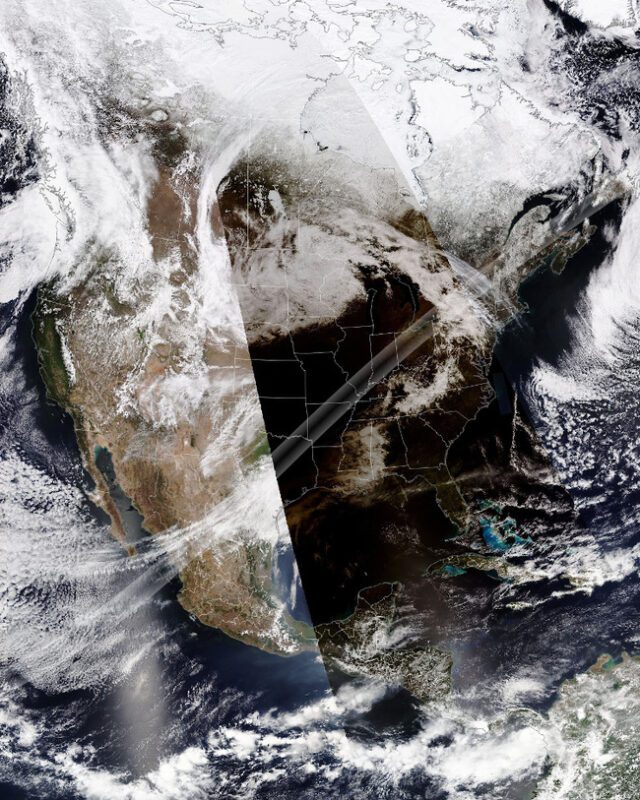

Japan’s generous gesture of gifting 250 cherry trees to Washington, D.C., in commemoration of the 250th anniversary of the Declaration of Independence stands as a testament to the enduring bond between nations. Since their initial gift over a century ago, the cherry trees have become emblematic of friendship and renewal, symbolizing the perennial ties between Japan and the United States. As Prime Minister Fumio Kishida reaffirmed during the White House ceremony, these trees, much like the enduring friendship they represent, are timeless and resilient, bridging cultures and inspiring generations.

While the decision to remove 140 of these cherished trees for infrastructure renewal may seem bittersweet, it underscores the necessity of safeguarding both natural beauty and historical landmarks. The revitalization efforts, including the construction of taller sea walls, demonstrate a commitment to preserving not only the iconic cherry trees but also the surrounding landscape for future generations. As Secretary of State Antony Blinken eloquently articulated, the blossoming of these trees heralds not just the arrival of spring but also serves as a poignant reminder of the profound impact of friendship and diplomacy, echoing across borders and generations.


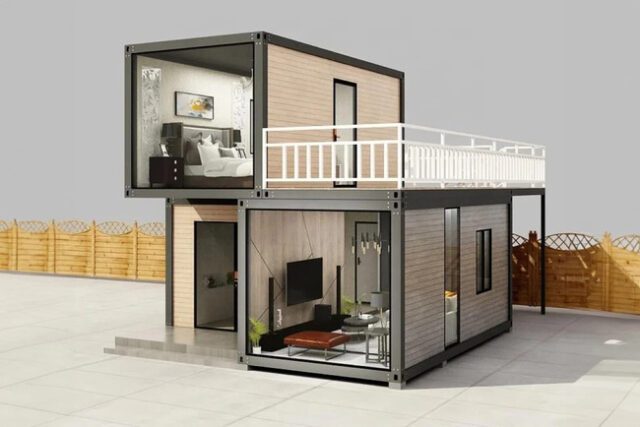
The notion of buying a DIY prefab tiny house on Amazon may seem like a whimsical concept, but in today’s housing market, it’s a pragmatic solution to the ever-rising cost of homeownership. With million-dollar homes becoming the norm, particularly in urban centers, the affordability and versatility of prefab homes offer a refreshing alternative. These compact dwellings, reminiscent of a modern-day Swiss Family Robinson treehouse, are not only easy to assemble but also customizable to suit individual preferences. The Anovoal 40Ft. Modern Home, available on Amazon, exemplifies this trend, offering a two-story layout with ample natural light, airy balconies, and the potential for scenic views—all at a fraction of the cost of a traditional brick-and-mortar home.

While the convenience of purchasing a prefab home with just a few clicks may sound enticing, it’s essential to acknowledge the practical considerations involved. Prefab homes, though relatively inexpensive, require additional investments in land, utilities, and furnishings. However, the flexibility they afford in terms of design, coupled with the ability to disassemble and relocate, makes them an attractive option for those seeking affordable housing solutions without sacrificing comfort or style. Moreover, the modular nature of these homes opens up endless possibilities for expansion and customization, allowing residents to adapt their living space to meet evolving needs and preferences. In a housing market characterized by skyrocketing prices and limited options, the accessibility and adaptability of prefab tiny homes offer a glimmer of hope for those in search of a place to call their own.
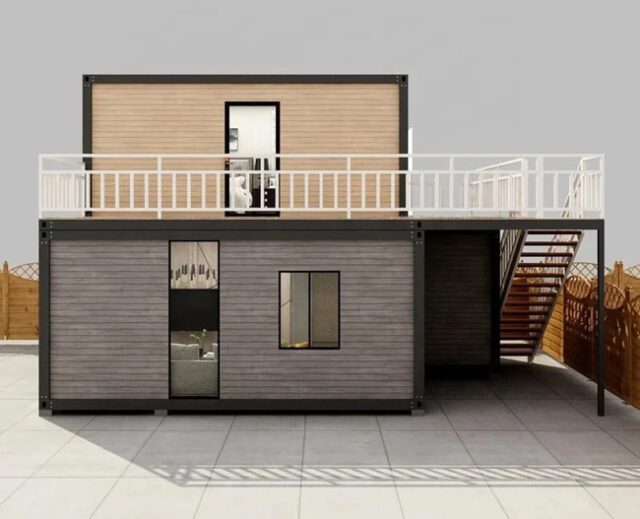
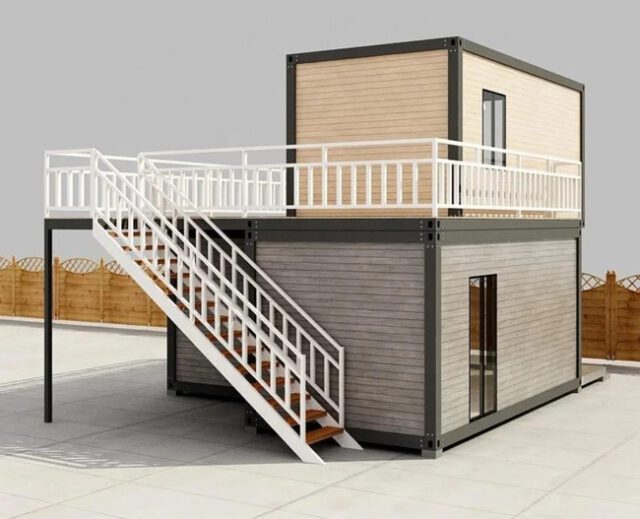


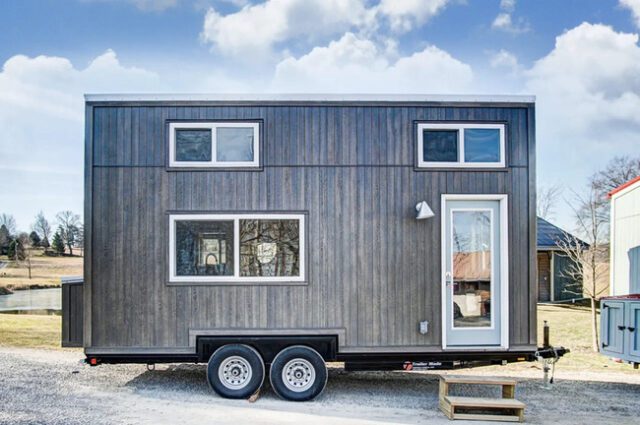
The Buxton Tiny Home stands as a beacon for those enamored with a nomadic lifestyle, offering a cozy haven on the move. Crafted by Modern Tiny Living, its ingenious design optimizes space, making it ideal for both frequent travelers and those seeking a compact guesthouse or full-time residence. Aptly named after the picturesque Buxton lighthouse in California, this diminutive dwelling measures a modest 20 feet in length and boasts a price tag of $79,000. Despite its petite stature compared to conventional North American homes, the Buxton doesn’t compromise on comfort. Mounted on a double-axle trailer, it sports an exterior of engineered wood complemented by a durable steel roof, ensuring durability during travels. Powered via a standard RV-style hookup, its interior exudes a sense of airiness thanks to ample glazing, while poplar tongue-and-groove paneling paired with vinyl flooring offers a warm aesthetic.
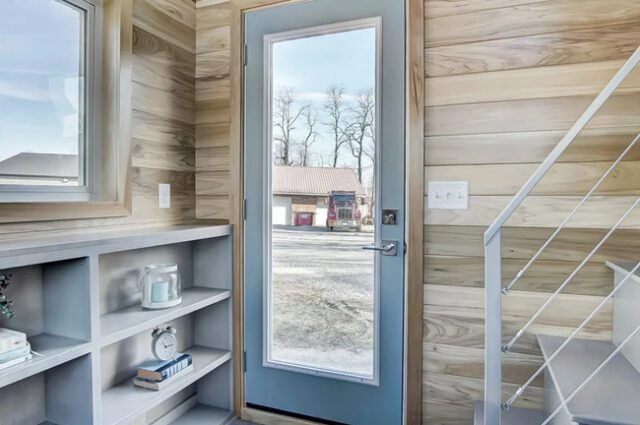
Stepping inside, the living room greets occupants with a versatile sofa bed, providing snug accommodations for two along with integrated storage solutions. A mini-split air conditioning unit maintains an optimal climate, ensuring year-round comfort. Seamlessly connected to the living area, the kitchen showcases stainless steel countertops, cabinetry, and a compact yet functional layout, complete with a sink and mini-fridge. The adjacent bathroom, though compact, features a shower and flushing toilet, meeting essential needs within the confines of its space. Ascending the storage-integrated staircase reveals the sole bedroom, characterized by a double bed nestled beneath a low ceiling, reminiscent of loft-style designs prevalent in tiny homes. Flexible in its design, the Buxton Tiny Home offers customization options to suit individual preferences, allowing for adjustments in appliances, materials, and layout to accommodate diverse lifestyles.
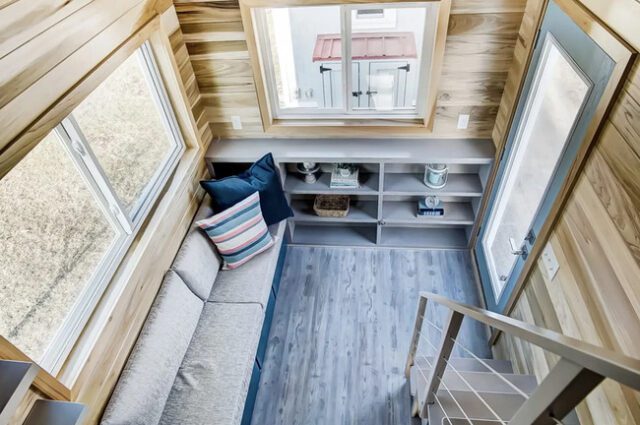

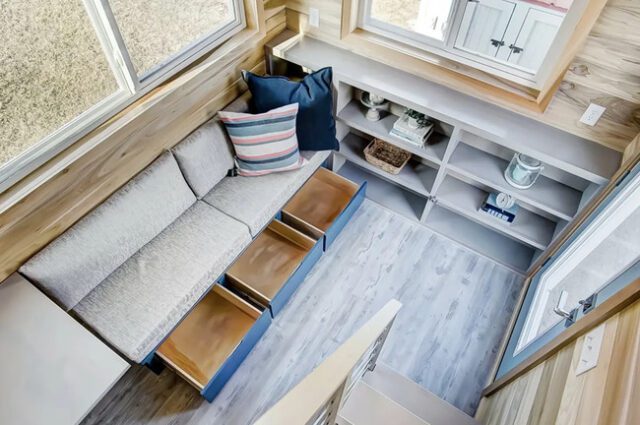

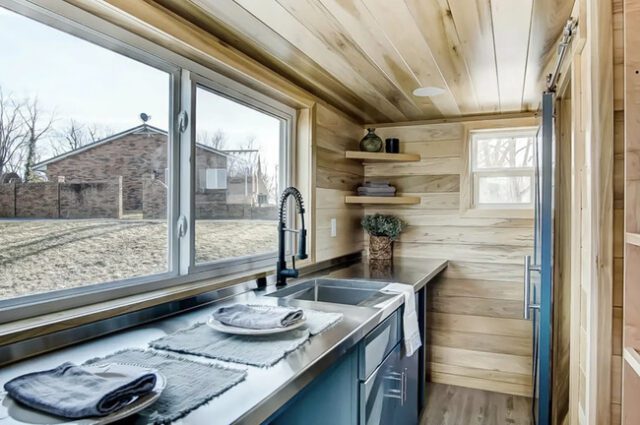

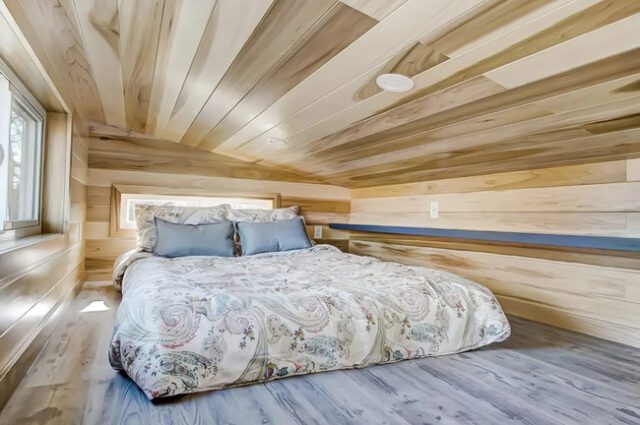


In a groundbreaking endeavor set to revolutionize the energy landscape, Finland prepares to harness waste heat generated from electronics to combat its frigid winters. Nestled near Helsinki, the world’s largest seasonal energy storage facility is poised for construction, boasting cavernous underground reservoirs capable of storing vast thermal energy reserves. Spearheaded by the Varanto project in Vantaa, Finland’s fourth-largest city, this innovative initiative aims to leverage waste heat from data centers, cooling processes, and waste-to-energy facilities, channeling it into underground caverns for later use in heating buildings via the district heating network. With Finland’s substantial fluctuations in heat consumption between seasons, this visionary project offers a sustainable solution to the challenge of storing energy efficiently, serving as a beacon of hope in the global transition towards clean energy.

Led by Vantaa Energy CEO Jukka Toivonen, the Varanto project exemplifies Finland’s commitment to pioneering large-scale energy storage solutions in the face of climate change. With caverns spanning an area equivalent to two Madison Square Gardens and capable of sustaining water temperatures of up to 300 degrees Fahrenheit without boiling, this monumental endeavor promises to heat a medium-sized Finnish city for an entire year. By coupling renewable electricity with thermal energy reserves, Varanto embodies a hybrid approach to energy production, maximizing efficiency and sustainability. With substantial investment and governmental support, this ambitious venture not only sets a new standard for energy storage but also underscores the pivotal role of district heating networks in Finland’s sustainable energy future.






















































